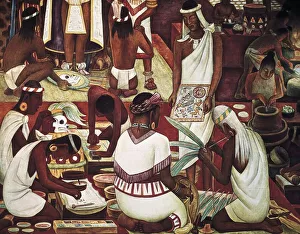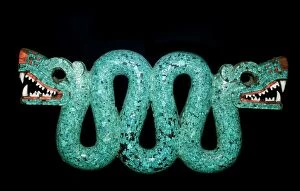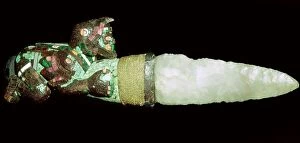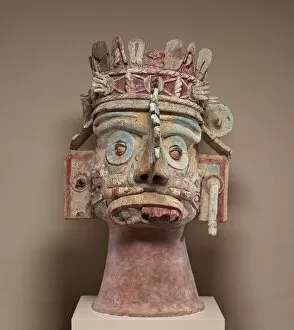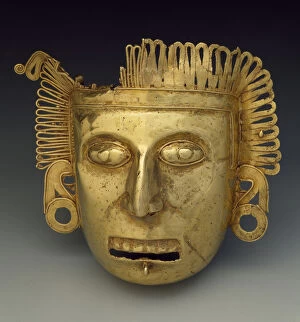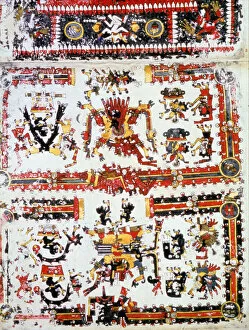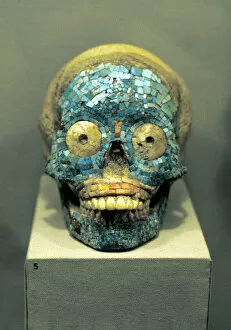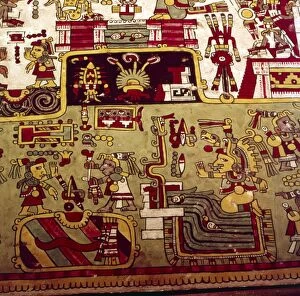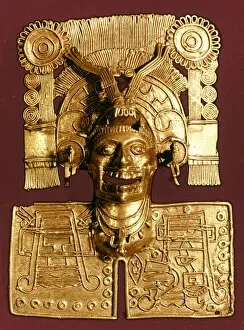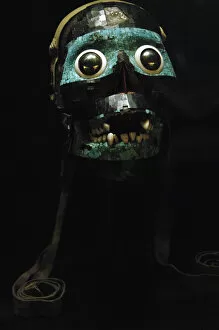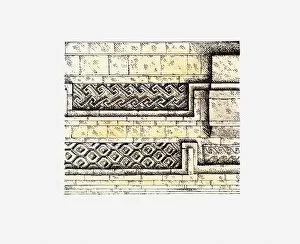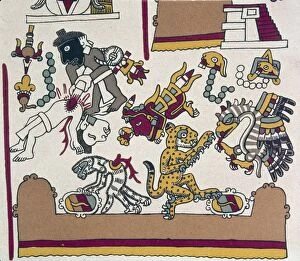Mixtec Collection
The Mixtec civilization, a prominent indigenous group in Mexico, has left behind a rich and diverse cultural heritage
All Professionally Made to Order for Quick Shipping
The Mixtec civilization, a prominent indigenous group in Mexico, has left behind a rich and diverse cultural heritage. Renowned artist Diego Rivera was deeply inspired by the Zapotec Civilization, which is evident in his artwork. The Mixtecs' devotion to their beliefs can be seen in the engraving from the Codex Porfirio Diaz, depicting them coming to worship at a shrine and Spanish missionaries erecting a cross. One of the remarkable artifacts from this civilization is the Double Headed Serpent dating back to 1400 A. D. , showcasing their intricate craftsmanship. Another masterpiece is the large painted ceramic bowl in Mixteca-Puebla style, displaying their artistic prowess. The sacrificial knife discovered from Aztec/Mixtec origin provides insight into their religious practices during the 15th-16th century. The influence of Zapotec culture on pre-Columbian America cannot be understated as it played a significant role in shaping Mesoamerican civilizations. A haunting artifact that speaks volumes about ancient rituals is an Aztec/Mixtec skull with markings found in Mexico. This polychrome bowl adorned with abstract motifs further exemplifies their artistic sophistication during 1200-1521. Miniature masks like those created around A. D. 1300-1400 showcase intricate details and reflect spiritual significance within Mixtec society. Shell arm bands incised with profile heads framed by geometric motifs provide glimpses into their adornment practices. An intriguing tripod vessel dating back to approximately A. D. 200 demonstrates early craftsmanship techniques employed by unknown creators of that time period. Lastly, we have an enigmatic mask believed to represent Tlaloc made from wood, turquoise, shell, lignite, and resin between c. 1350-1521 AD; its symbolism remains shrouded in mystery even today. These artifacts offer us invaluable insights into the vibrant world of the Mixtecs - a civilization whose contributions continue to captivate and inspire us to this day.

